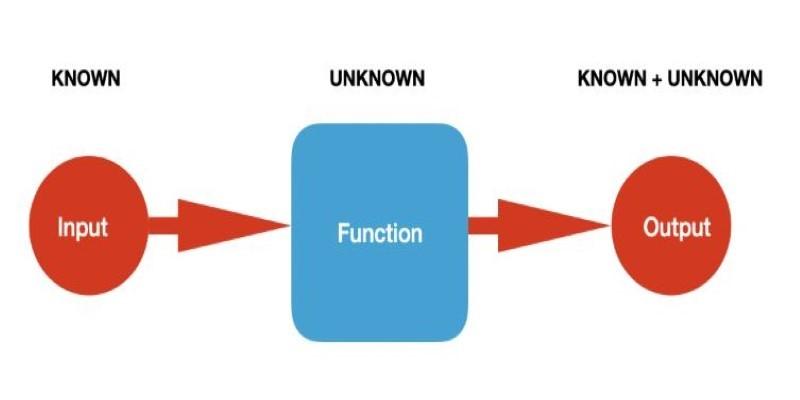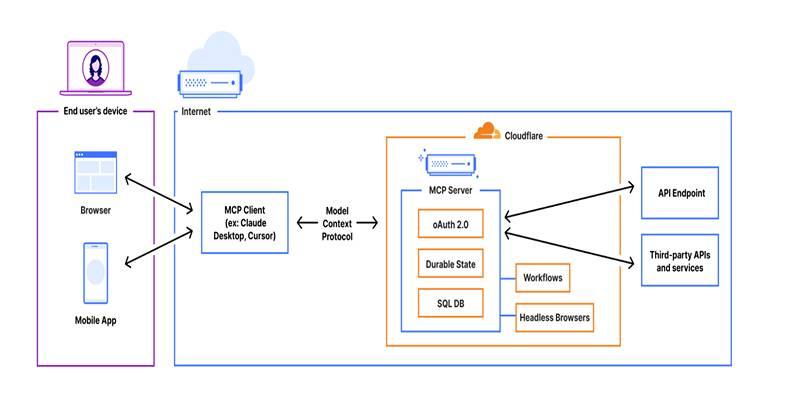FastAPI middleware is a small checkpoint every request passes through on the way to your route handlers and again on the way back with the response. It can observe or change headers, record timing, add context for logs, shape errors, and set caching hints.
Think of it as the helpful usher who guides traffic while the cast performs on stage. That picture sets a clear boundary. Middleware handles concerns that repeat across many routes and belong at the edges. It is not a place for deep business rules, heavy database work, or one off quirks tied to a single endpoint.
When Middleware Fits The Job?
Reach for middleware when a light task must run on nearly every call, either before the handler runs or right after it returns a response. Timing is a perfect match because you want consistent numbers and a single spot to attach them to logs or headers.
Tracing also belongs here, where a request id moves from incoming headers into logs and then back to the client. Normalizing headers from a proxy fits well, too. Parse those once and keep handlers tidy instead of repeating parsing code across your app.
When It Does Not Fit?

Skip middleware when the work applies to only a couple of routes or needs deep access to user data. A heavy validation step for a single admin path should not slow down calls that do not need it. Database reads and writes belong in dependencies or services scoped to specific handlers, not in a layer that fires for every request. Keeping this line sharp avoids wasted work, keeps latency stable, and makes the code easier to reason about when you are under pressure.
How Flow And Order Shape Behavior?
FastAPI follows Starlette’s wrapping model. Each middleware surrounds the next one, forming a stack that wraps your routers. Order matters more than most teams expect. If compression sits above logging, the logger will report compressed sizes, which can skew capacity planning.
If a rate limiter needs user identity but authentication runs after it, the limiter will fall back to a weaker key, such as client IP. CORS works best near the top, so preflight checks get quick answers. Response shaping near the bottom sees the final result and can stamp headers and error formats with precision.
Scoping Without Duplicating Work
You do not need a single global stack for everything. Mount sub applications and attach different layers to each one. A private section can carry stricter checks, detailed logging, and different caching rules, while a public section stays lean.
This separation reduces odd interactions and makes tests easier to write. New teammates also find their footing faster because rules live close to the paths they affect rather than hiding in one long chain that touches the entire app.
Security And Privacy Habits That Help
Light security checks can live in middleware as long as they stay fast and predictable. Confirm that an API key header exists and has a sane shape, then delegate deep permission checks to dependencies on the routes that need them. Be careful with logs.
Never record tokens, private keys, or cookies. Redact known sensitive fields and keep a short allow list of safe headers. These guardrails protect users and save you from clean up work after an incident when tempers are high and time is short.
Error Handling That Feels Consistent
A single layer can catch unexpected exceptions and translate them into stable JSON with a correlation id. That id ties user reports to the exact log lines you need. During local development, show detailed tracebacks so issues fall quickly.
In production, keep messages friendly and compact while keeping the correlation id visible. Consistency helps client developers diagnose problems and helps support staff move with confidence without digging through uneven error shapes.
Performance Guardrails You Should Keep
Middleware should be small and quick. Avoid blocking the event loop with slow calls. If you must talk to another service, use an async client and set clear timeouts so a flaky dependency cannot freeze traffic. Be careful with request bodies.
Reading the body can consume the stream and leave nothing for downstream code. If you only need to decide whether a request is worth passing along, prefer a cheap header based check. Memory matters too. Logging large payloads can bloat memory during spikes, so record sizes or hashes and sample only when you are chasing a specific bug.
Testing Without Drama

Treat middleware like a black box that transforms inputs into outputs. Send a request with known headers and confirm status, headers, and body shape. If the layer adds a request id, verify that it appears in both logs and the response.
When a layer decides access, write tests that cover both allowed and denied paths. If the layer depends on a client or a store, swap it with a fake so your tests stay fast and predictable. Focused tests like these catch ordering mistakes and protect you during refactors.
Documentation And Team Practices
Write down the order and the purpose of each layer. A short diagram and a few lines of explanation beat hunting through files during an outage. Before adding a new layer, ask how it interacts with the stack and whether a dependency would fit better.
Track timing for a handful of key endpoints before and after any change. Small order shifts can move metrics more than you expect. Regular reviews of the stack keep drift under control and give newcomers a clear, safe path to contribute.
Conclusion
FastAPI middleware works best for tasks that repeat across routes and belong at the edges of request handling. Keep layers focused, quick, and easy to order. Place CORS and early checks near the top, keep response shaping near the bottom, and avoid heavy work that only some routes need.
Scope rules to sub applications when different sections call for different treatment. Test the stack like a black box, protect secrets in logs, and document purpose and order so changes do not surprise you later.












